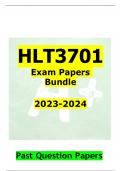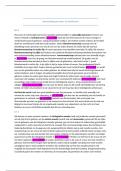Resume
Samenvatting klinisch redeneren - kinderen
- Établissement
- Universiteit Gent (UGent)
samenvatting klinisch redeneren, onderdeel kinderen inclusief: samenvatting theorie en praktijklessen, DCD, CP, te kennen teksten niet-inclusief: KNGF-richtlijnen
[Montrer plus]












